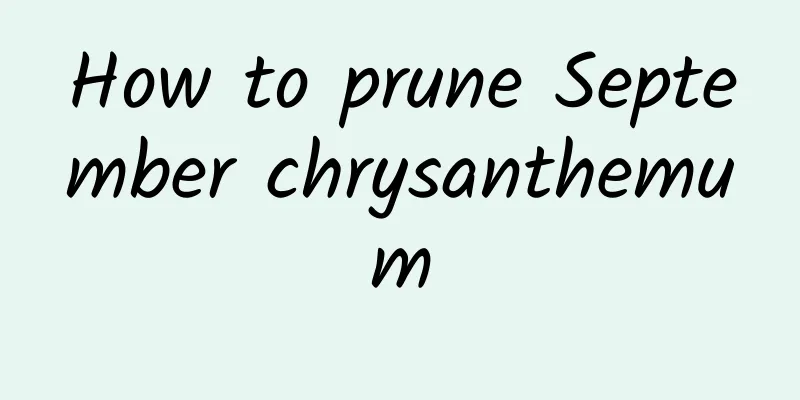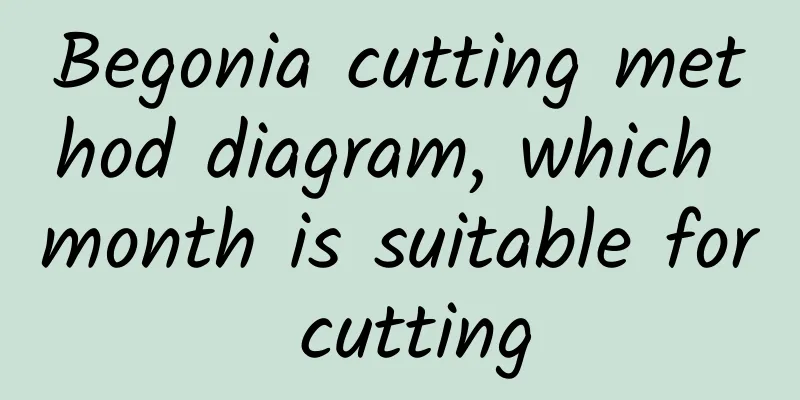How to prune September chrysanthemum

When to prune September chrysanthemumsSeptember chrysanthemum needs to be pruned in time during maintenance, usually after flowering, but it should be avoided during the rainy season, otherwise it will cause rot in the wounds and affect future growth. When dead branches and yellow leaves are found, they must be cut off in time. How to prune the branches of September chrysanthemumDuring the maintenance process, September chrysanthemum needs to be pinched, leaving 4-5 leaves at the bottom, then the side buds need to be removed to keep the main buds, and then bamboo sticks need to be inserted to fix the stems and leaves on the sticks, and then effective fertilization can be carried out. It is usually done 10 days after potting, and pinching needs to be done once a month thereafter. September chrysanthemum pruning grows fastYou need to cut off the withered flowers of the September chrysanthemum, and then cut off the branches that are too long at the top. If you find any withered parts, you also need to cut them off in time. This can reduce its consumption of soil nutrients, concentrate nutrients in the soil, and allow it to grow better. September chrysanthemum pruning and floweringAfter pruning the branches of September chrysanthemum, it is necessary to spray it with carbendazim and other disinfectants appropriately, so that it can grow better and avoid infection from the wounds. It can also make the wounds heal quickly, and it will bloom faster next year. Cuttings of pruned branches of September chrysanthemumWhen taking cuttings for September chrysanthemum, you need to use relatively sturdy branches, break them from the center, leaving only half of the branches, keep the top buds on the branches, and apply an appropriate amount of rooting powder when taking cuttings so that they can be inserted into the soil. September chrysanthemum pruning precautionsWhen pruning September chrysanthemum, you need to be careful. Its axillary buds grow vigorously and consume more nutrients, causing it to be unable to grow normally. You need to cut off the excess axillary buds in time, which can reduce nutrient consumption and have a better plant shape. |
<<: What are the cultivation methods and precautions of pennywort?
>>: How to prune Shatian pomelo
Recommend
Is it easy to raise leaf fairy? How to raise it?
1. Is it easy to raise? The requirements of the l...
How long is the growing cycle of cabbage?
Introduction to Cabbage Growth Cabbage prefers a ...
Maintenance method of colorful trabecula
1. Container To grow the colorful ivy, you need t...
Which month has the highest survival rate for rose cuttings (when can rose cuttings survive?)
The most commonly used methods for rose propagati...
How to prune chrysanthemums in spring
1. How to trim 1. Cut off the axillary buds: If m...
Can Strelitzia reginae be repotted in summer? Steps and precautions for repotting
Can Strelitzia reginae be repotted in summer? It ...
What are the cultivation methods and precautions of Croton rotundus
Growth habit of Croton Codiaeum prefers a hot, hu...
How to plant cucumber seeds
Cucumber seed planting time Cucumber sowing is ge...
How to transplant onion seedlings?
Onions are grown in all parts of my country and c...
Diseases and Pests of Magnolia purpurogena and Their Control
Diseases and prevention of purple magnolia The ma...
What does Perilla look like?
1. Leaves The leaves of Perilla are broadly ovate...
How many lucky bamboos are usually grown in water? What kind of water should be used to grow lucky bamboos?
1. How many roots should you grow? When growing l...
How to grow black orchid
1. Breeding environment 1. Soil: Mo Lan likes a h...
How to store dragon fruit and storage precautions
1. Storage method 1. Place in a cool place: Gener...
What is the best season for planting and growing honey? What is the temperature?
Honeydew melon likes to grow in an environment wi...









